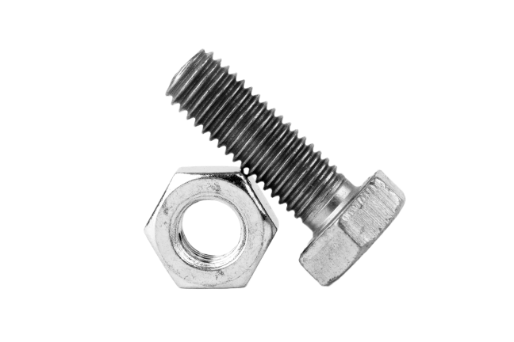
When starting construction or home improvement projects, choosing the right materials is crucial for success. Among the many options available, polyurethane foam sealant stands out as a versatile and reliable choice. This article explores the different types of polyurethane foam sealants, their applications, and important considerations and benefits.
What is Polyurethane Foam Sealant?
Polyurethane foam sealant is an impressive product of chemical engineering. It expands and hardens upon application to create a strong barrier that is resistant to air and water. This versatile sealant bonds well to various surfaces, including porous materials like concrete and masonry, which makes it ideal for construction and repair projects. Its waterproof and flame-retardant properties, along with its environmental safety, make it a top choice for projects of all sizes.
Applications in Construction and Home Improvement
Polyurethane foam sealant has a wide range of applications.
- It can seal cracks and gaps in buildings and stabilize fixtures.
- It is also effective for soil stabilization, waterproofing and insulation against extreme temperatures and noise.
Whether you need to repair a settling foundation or seal around windows and doors, polyurethane foam sealant is an efficient and enduring solution.
Considerations When Using Polyurethane Foam Sealant
To achieve the best results, consider certain factors before applying polyurethane foam sealant. Proper surface preparation is crucial. Make sure the application area is clean, dry, and free of debris to enhance the sealant's effectiveness. Keep in mind that environmental conditions like temperature and humidity can impact the sealant's expansion and curing time, so plan your application accordingly.
Sustainable Solutions: The Environmental and Energy Efficiency Benefits of Polyurethane Foam Sealant
Choosing polyurethane foam sealant isn't just a decision for immediate project success; it's also a step towards embracing sustainable construction practices. Polyurethane foam sealants are utilized for their robust sealing capabilities and also for their contribution to creating energy-efficient and environmentally-friendly spaces.
Energy Efficiency
Polyurethane foam sealants play a critical role in reducing energy consumption in buildings. By providing an airtight seal, they minimize heat transfer to keep interiors warmer in the winter and cooler in the summer. This thermal insulation capability can lead to significant energy savings and a reduction in the carbon footprint of homes and commercial buildings.
Environmental Benefits
Polyurethane foam sealants contribute to a healthier environment in several ways. First, by enhancing building insulation, they reduce the need for excessive heating and cooling, thereby decreasing the overall energy demand and associated greenhouse gas emissions. Furthermore, their durability means less frequent replacements or repairs, for reduced material waste.
Indoor Air Quality
By sealing gaps and cracks, polyurethane foam sealants prevent the ingress of outdoor pollutants, including dust, pollen, and other allergens, to improve indoor air quality. This is particularly beneficial in urban areas where air quality can significantly impact health.
Incorporating polyurethane foam sealants into your projects not only ensures durability and efficiency, it also aligns with the growing global emphasis on sustainable living and construction practices.
Enhancing Safety and Preparation for Polyurethane Foam Sealant Application
To ensure a safe application process, it's crucial to have the right protective gear. You'll need a disposable coverall with PVC coating, a respirator mask, and gloves to protect against potential irritants. Before you start, make sure the surface is clean and dry.
Also, use the chemical components within the recommended temperature range of 60-90°F for optimal performance. Avoid storing the chemicals in environments exceeding 120°F to maintain their effectiveness. Keep in mind that performance might be affected in cold conditions below 40°F.
Additional Tips for Success
Store the sealant in a cool, dry place to maintain its efficacy. In case of overexpansion, a sharp knife can be used to trim the excess foam to ensure a clean, professional finish. Remember, safety first: wearing gloves and eye protection during application is recommended to avoid skin and eye contact.
Discover Fastener Systems Advanced Polyurethane Foam Sealants
Fastener Systems stands at the forefront of sealing technology by offering an expansive selection of polyurethane foam sealants designed for precision and efficiency. Our product range includes:
- HANDI-FOAM - A durable and easy-to-apply formula
- DAP TOUCH 'N SEAL - with innovative air-leak sealing capabilities
- FROTH-PAK - A versatile application for professionals
This selection ensures that you will have the right solution for every sealing challenge.
Elevate Your Projects with Fastener Systems Polyurethane Solutions
Discover the future of construction and home improvement with Fastener Systems. Our unmatched polyurethane foam sealant solutions are here to meet your needs. Whether you're sealing, insulating, or improving energy efficiency, our customized products deliver superior performance. Don't settle for anything less than excellence. Contact us today for more information!

